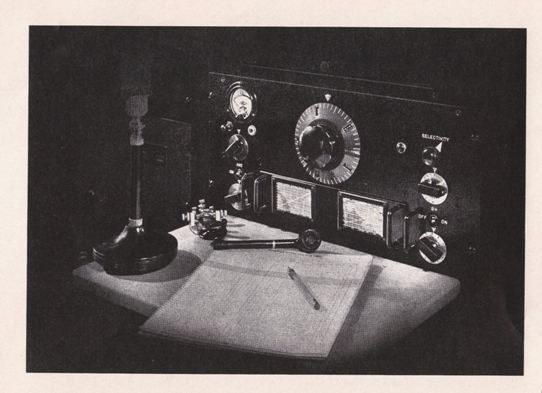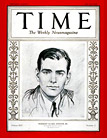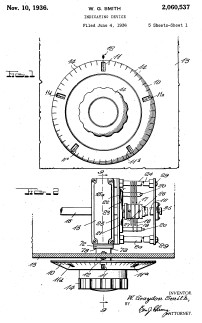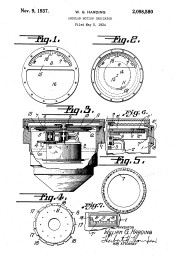|
Figure 1: James J. Lamb, W1CEI (and later W1AL) from 1946, Technical Editor of QST and creator of the “single signal” receiver. After the ARRL, Lamb went on to Remington-Rand and Sperry-Univac, finally serving as chief scientist for the U. S. Army at Ft. Huachuca.
|
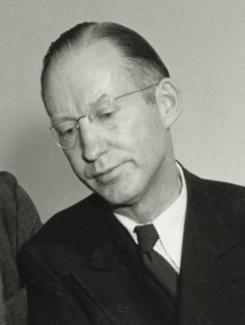 |
|
Figure 2 (a and b): They may not look like they have much in common, but my National HRO receiver (a) owes its technical architecture to the revolutionary “single signal” design by Jim Lamb which was first proven in this prototype receiver (b) from 1932. This prototype is in the collection of the ARRL HQ in Newington. As built, it used an ordinary broadcast receiver for the 2nd IF and audio stages. |
|
|
Figure 3 (a and b): Two more views of the original single signal prototype (a) together with a National HRO (b). Besides the HRO, other amateur rigs in the first generation to make use of Lamb’s techniques included the Hallicrafter’s Super-Skyrider, Hammarlund Super-Pro, RME 9-D, and McMurdo Silver 5C. Jim Millen, head of the National mechanical design team, is still renowned for the mechanical excellence of his projects and the HRO is undoubtedly his most famous legacy. This illustration of the HRO receiver originally appeared as a front-piece in Millen’s 1938 publication on transmitters! (Incidentally, that 1938 publication may be found here.)
|
|
|
|
|
| Due to space limitations even in my original article, I really short-changed the contribution of Herbert Hoover, Jr., a truly remarkable engineer (and later President of the ARRL in 1962). His influence on early commercial aeronautics was so important that he made the cover of Time magazine in 1930; and, of course, the HRO owes much to its connection to air transportation communication needs. |
14 July 1930 |
| Also neglected was William Graydon Smith, the engineer who holds the patent for the micrometer indicating dial and precision worm drive gearbox that helped make the HRO so famous. The image at right is from November 10, 1936 patent 2,060,537 with Smith listed as the sole inventor. |
Click the image to open the full patent in PDF format. |
|
|
|
| Smith's micrometer dial was preceded by a patent filed by William George Harding on 5 May 1934 on behalf of Sperry Gyroscope Company. The U. S. patent number is 2,098,580 and the British patent is reportedly 419,002 (although I have been unable to obtain a copy of the British patent). Insofar as the HRO was well into development by the time of Harding's initial filing, I doubt if Smith had knowledge of or was influenced by Harding's work. I believe it is incorrect to state, as Pat Hawker reported, that "the 'PW' dial was a British invention." There is no doubt that Smith's design was anticipated by Harding; that is, Harding was simply the first to apply for a patent on work that was conducted independently. |
Click the image to open the full patent in PDF format. |
